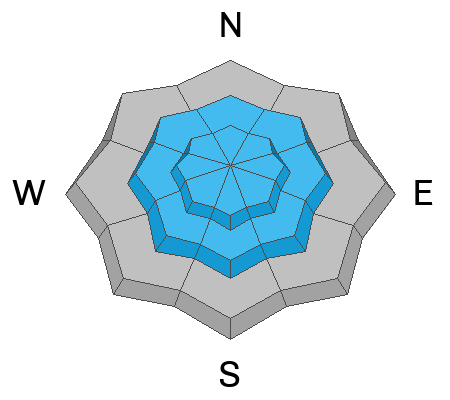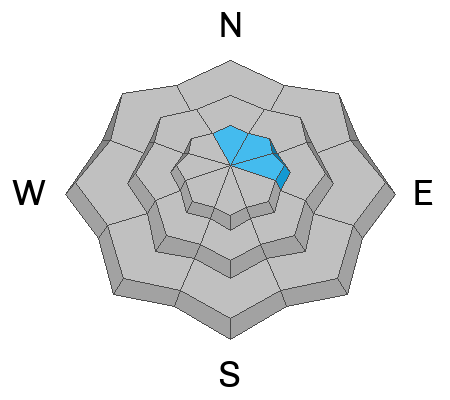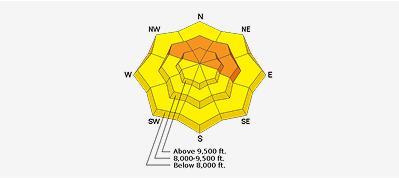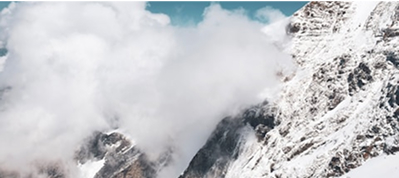Forecast for the Skyline Area Mountains

Issued by Brett Kobernik on
Tuesday morning, April 8, 2025
Tuesday morning, April 8, 2025

Most of the terrain on the Skyline has a LOW avalanche danger.
Overall, the threat of avalanches is not that great but there are some things to keep in mind as you travel around. Be sure to read about the different avalanche problems below. Most of the issues will be very manageable if you're paying attention.
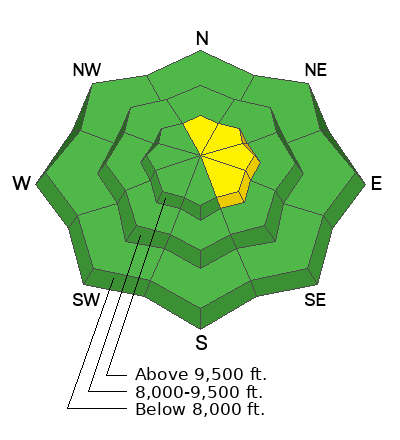
Low
Moderate
Considerable
High
Extreme
Learn how to read the forecast here



